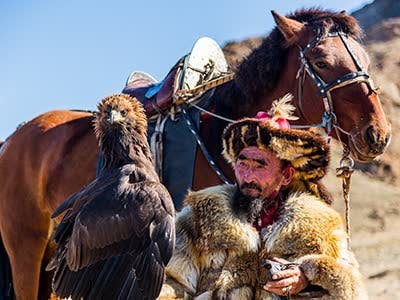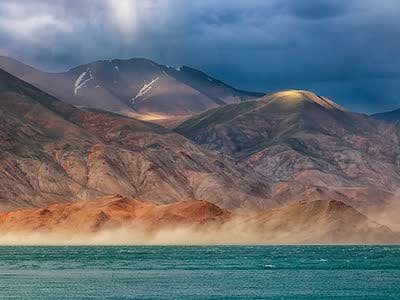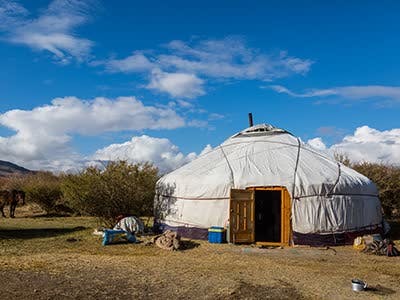Throat singing
ABOUT THROAT SINGING
Throat singing is a fascinating and distinctive aspect of Mongolian culture, showcasing the deep connection between humans and nature. Its mesmerizing sounds and techniques continue to captivate audiences around the world and serve as a testament to the rich musical heritage of Mongolia.
Throat singing, also known as Khöömei, is a traditional form of musical expression that has its roots in Mongolia and the surrounding regions. Here's some information about throat singing in Mongolia:

- Definition and Technique: Throat singing is a vocal technique in which singers produce multiple pitches or tones simultaneously by manipulating their vocal apparatus. It involves using the throat, mouth, and diaphragm to create harmonics, resulting in a unique sound where low tones are combined with overtones and undertones.
- Cultural Significance: Throat singing has deep cultural significance in Mongolian society. It is considered a form of art, a way to communicate with nature, and a means of expressing the nomadic lifestyle and connection with the natural environment. Throat singing has been practiced for centuries and is passed down through generations, preserving Mongolian traditions and cultural identity.
- Styles and Techniques: Throat singing in Mongolia encompasses various styles and techniques, each with its own distinct characteristics. The most well-known styles include Khoomei, Sygyt, Kargyraa, and Kharkhiraa. Khoomei features a harmonious and melodic sound, Sygyt produces a high-pitched whistle-like tone, Kargyraa produces deep, guttural sounds, and Kharkhiraa is a combination of Khoomei and Kargyraa.
- Nomadic Connection: Throat singing is deeply connected to the nomadic way of life in Mongolia. The melodies and sounds of throat singing are often inspired by the sounds of nature, such as wind, water, and animals. It was traditionally practiced by herders during long periods of solitude in the vast Mongolian steppe, and it served as a form of entertainment, communication, and spiritual connection with the environment.
- Contemporary Revival: In recent years, throat singing has experienced a revival and gained international recognition. Mongolian throat singers have participated in various cultural events, competitions, and music festivals worldwide, spreading awareness of this unique vocal art form. Throat singing has also been incorporated into modern music genres, collaborating with other musicians and artists to create innovative fusions.
- Cultural Preservation: Efforts are being made in Mongolia to preserve and promote throat singing as an important cultural heritage. Throat singing is taught in schools, cultural centers, and music institutions, ensuring its transmission to future generations. There are also throat singing competitions and festivals held in Mongolia, providing platforms for talented singers to showcase their skills and celebrate this traditional art form.
RELATED DESTINATIONS
The Eagle Hunter, also known as Berkutchi, is a traditional practice and cultural phenomenon in Mongolia, particularly among the Kazakh ethnic group. Here's some information about the Eagle Hunter:
Tolbo Lake provides a wonderful escape into nature and offers a glimpse into the cultural heritage of Bayan-Ulgii Province. Visitors can enjoy the tranquil beauty of the lake and engage in outdoor activities while experiencing the unique Kazakh nomadic culture.
In Mongolia, the Kazakh ethnic group represents one of the largest minority groups. Here's some information about the Kazakh ethnic group in Mongolia:


